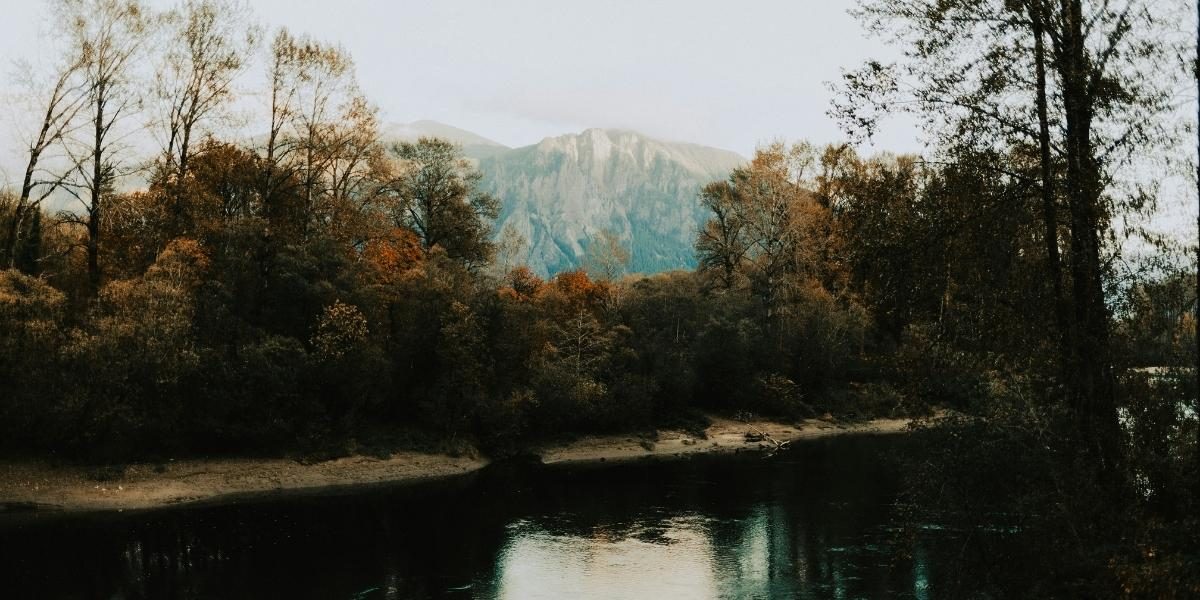How Do Issaquah Trails Highlight the Region’s Natural Beauty?
The Issaquah trails and natural beauty form a cherished part of the Pacific Northwest’s outdoor experience. Nestled just east of Seattle, Issaquah offers a remarkable blend of lush forests, rolling hills, and sparkling waterways. The extensive trail system invites hikers, bikers, and nature lovers to explore diverse landscapes that change with the seasons. This network of trails not only promotes physical activity but also nurtures a deep appreciation for the area’s rich ecology.
Read Also: How Episodic Television Writing Creates Compelling Stories
What Makes Issaquah’s Trails Unique?
Issaquah stands out for the variety and accessibility of its trails. Visitors find paths suitable for all skill levels, from gentle strolls to challenging mountain climbs. Many trails weave through old-growth forests where towering Douglas firs and western red cedars create a canopy that filters soft sunlight.
The region’s proximity to urban centers makes it a convenient escape, allowing city dwellers to immerse themselves in natural beauty without traveling far. The trails often reveal serene lakes, cascading waterfalls, and panoramic viewpoints that showcase the surrounding Cascade Mountains.
How Do Trails Connect People to Local Wildlife?
Exploring Issaquah’s trails offers opportunities to observe wildlife in their natural habitats. The area supports a variety of animals, including black-tailed deer, coyotes, and numerous bird species such as the pileated woodpecker and barred owl. In spring and summer, wildflowers bloom along the paths, attracting butterflies and hummingbirds.
Trails are carefully maintained to minimize human impact, balancing recreational use with habitat preservation. Interpretive signs along popular routes educate visitors about local flora and fauna, encouraging responsible interaction with the environment.
Which Trails Are Must-See for Visitors?
Some of the most beloved trails include the Poo Poo Point Trail, known for its stunning views of Lake Sammamish and paragliding takeoff spots. Hikers who reach the summit are rewarded with sweeping vistas of Mount Rainier and the surrounding foothills.
The Tiger Mountain Trail system offers numerous routes through dense forests and open meadows. The West Tiger #3 Trail is a favorite for its moderate difficulty and scenic overlooks.
For families and casual walkers, the Issaquah Salmon Hatchery Trail provides an educational experience. Visitors can watch salmon as they swim upstream during spawning season, a reminder of the region’s ecological cycles.
How Does Seasonal Change Enhance the Trail Experience?
Each season transforms Issaquah’s trails in unique ways. Spring brings vibrant green growth and bursts of wildflowers. Summer offers warm, dry conditions ideal for longer hikes and picnics. Fall is especially dramatic, as maples and oaks turn brilliant shades of red, orange, and yellow, creating a colorful tapestry along the paths.
Winter transforms the landscape into a quiet, snow-dusted wonderland. While some trails may be less accessible, others provide opportunities for snowshoeing and peaceful winter walks. This year-round appeal keeps the trails lively with visitors throughout all seasons.
What Role Do Local Organizations Play in Trail Maintenance?
Preserving the Issaquah trails and natural beauty relies heavily on community involvement. Organizations such as the Issaquah Alps Trails Club (IATC) and the Washington Trails Association (WTA) organize volunteer work parties to clear debris, repair erosion, and maintain signage.
These groups also advocate for sustainable trail development, ensuring that expansion efforts respect the environment and user safety. Their work helps keep the trails welcoming and safe for everyone, while protecting the natural features that make Issaquah special.
How Does Trail Use Impact Environmental Conservation?
The popularity of trails can bring pressure on natural resources. Overuse may cause soil compaction, erosion, and disturbance to wildlife habitats. Issaquah’s land managers employ strategies like trail rotation, designated rest areas, and clear guidelines to mitigate these impacts.
Educational campaigns promote Leave No Trace principles, encouraging hikers to minimize their footprint. Responsible use supports the long-term health of ecosystems and allows future generations to enjoy the same natural beauty.
Why Are Issaquah Trails Important for Community Health?
Access to natural spaces like Issaquah’s trails plays a significant role in public health. Outdoor recreation promotes physical fitness, reduces stress, and improves mental well-being. The trails serve as outdoor classrooms and social hubs, fostering connection to nature and among community members.
Studies show that spending time in green spaces boosts mood and cognitive function. For residents and visitors alike, these trails offer a refuge from urban life, encouraging healthier lifestyles and stronger community bonds.
How Do Trails Reflect the Cultural Heritage of Issaquah?
The Issaquah area holds rich cultural significance for Native American tribes such as the Snoqualmie and Suquamish. Many trails pass through lands historically used for fishing, hunting, and gathering. Preserving these spaces honors the deep connection indigenous peoples have with the environment.
Local efforts include interpretive signs and cultural programs that share stories and traditional knowledge. This integration of natural beauty and cultural heritage enriches the trail experience, offering visitors a broader understanding of the land’s history.
Read Also: AI and Cybersecurity: Strengthening Online Safety
What Opportunities Exist for Future Trail Development?
As interest in outdoor recreation grows, plans for expanding and improving Issaquah’s trails continue. Proposals include adding new connectors, enhancing accessibility for people with disabilities, and increasing educational programming.
Technological tools like interactive maps and trail apps help users navigate and learn more about their surroundings. Collaboration between city planners, environmental groups, and the public ensures that future developments balance recreation with conservation goals.






